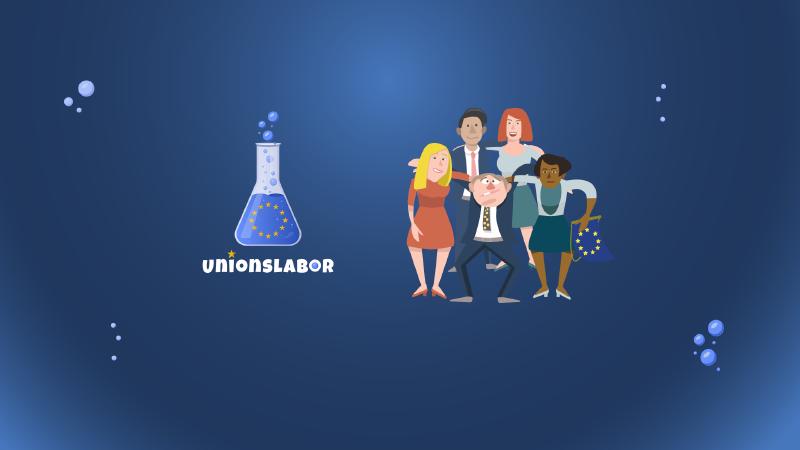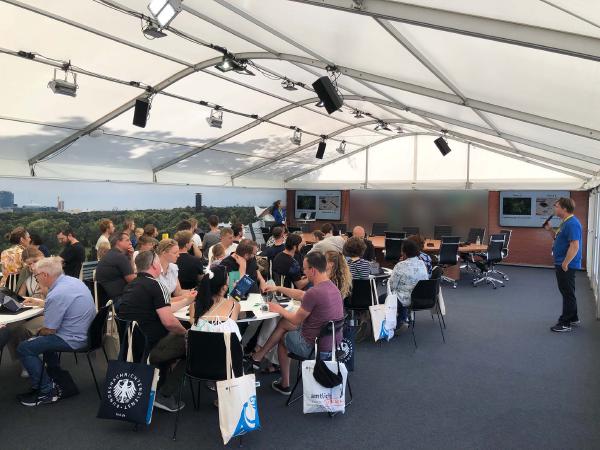Understanding the Mechanisms and Driving Forces of Conflicts Through Our Simulation Games
The list of global conflicts - Ukraine, Niger, Ethiopia, Afghanistan to name just a few - is alarmingly long and continually growing. The international community struggles with finding effective solutions, often due to a lack of collective action among key players. Peace attempts fail, and lives are lost, while others are injured or forced to flee.
Traditional inter-state wars and conflicts have become less frequent in recent years, with complex intra-state conflicts dominating the international agenda. However, since Russia’s aggressive war against Ukraine, inter-state conflicts have also re-entered the center of debate. Discussions about the causes of conflict are increasingly multi-layered, and there’s growing focus on the conflict-amplifying impacts of global issues such as poverty, climate change, and migration. The global economy and its unceasing demand for resources are also factors that must not be overlooked.
With our simulation games on peace and conflict, we aim to highlight the driving forces and mechanisms of both intra-state and inter-state conflicts. We explore prevention possibilities and solutions for conflicts, providing an entry point in the search for resolution strategies. We enable the testing of relevant theories and concepts from peace and conflict research.






























































